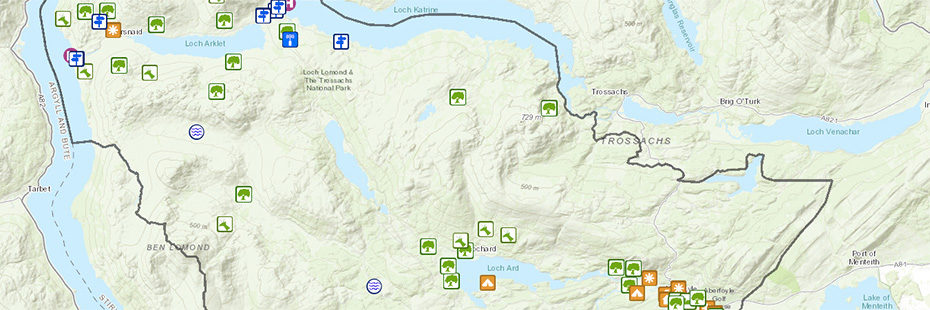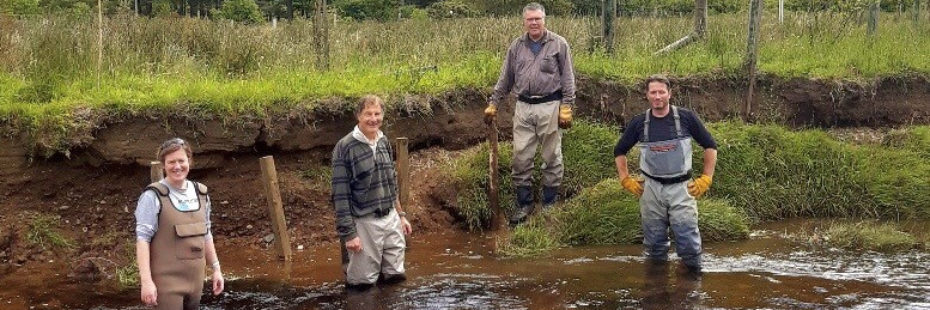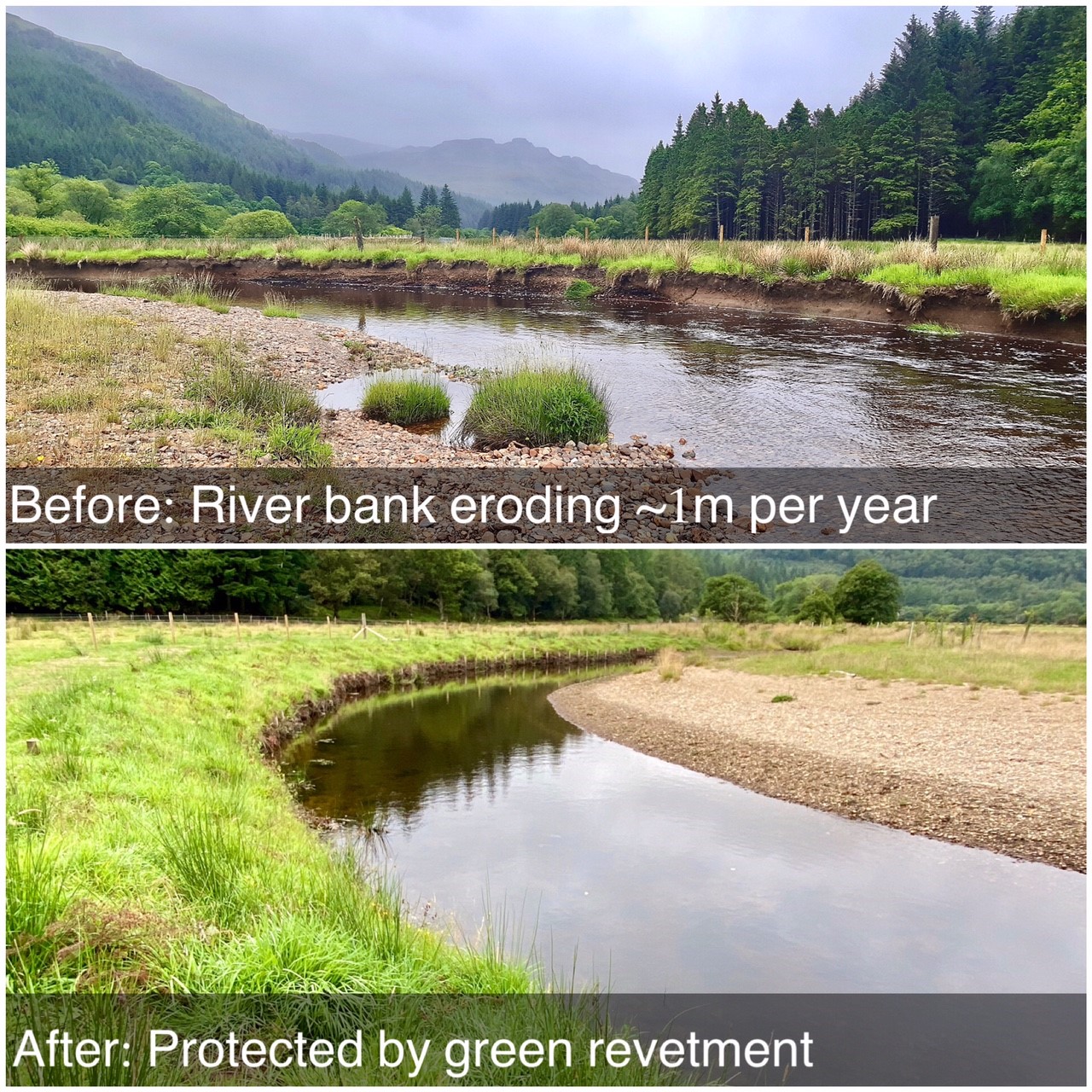
Community collaboration on climate and nature
By Stuart Mearns, Director of Place, Loch Lomond & The Trosscahs National Park
Community action has a key role to play when it comes to tackling climate change.
The National Park is a beautiful place, famous for its lochs and mountain landscapes. Our communities are rightly proud of this and their actions to improve their local environment and places are helping to tackle climate change.
The Park Authority in its early years helped establish a network of Community Development Trusts and to support their work we have offered advice and training to help the volunteers who run community organisations develop the skills they need. And to have the capacity and confidence to deliver for themselves what they want to see happen.
We provide staff time and expertise to advise and facilitate the community’s work to prepare community action plans for their community. These plans establish a consensus within a community of the issues, priorities and opportunities for the future.
Funding for project development and delivery is another important contribution and we have provided many grants over the years for community projects. Some communities have raised the funding for a development worker and this makes a huge difference to what can be achieved.
Through the above support we have supported a whole range of community projects with a focus on climate and nature, from habitat restoration and woodland management to community hydro schemes and a community cycle hub.
Here are some excellent examples that illustrate the benefits of communities taking collaborative action.
Strathard Framework

Map of Strathard area
The Strathard Framework has been developed with a co-design approach by the Strathard community and public bodies, setting out a bold shared vision to create a healthier, more climate responsive Strathard that is an economically-thriving place to live, work and visit.
The Framework is about sustainable land use in its widest sense – combining both land use and spatial planning for the first time to consider how land could be used and managed in line with the priorities identified by the local community.
A key issue for the area, and a direct impact of climate change, has been flooding. The Framework sets out ways to address this as well as looking at sustainable transport, tree planting and affordable housing.
Trevor Geraghty, Chair of Strathard Community Council, said:
“Initiatives like the Strathard Framework are critical for local democracy and engagement. The framework brings the Strathard communities of Aberfoyle, Kinlochard, Inversnaid and Stronachlachar into the decision making process, alongside the regional and national bodies.
“The investment of time from local volunteer representatives is significant and the Strathard Framework is a crucial platform to influence policy based on local concerns and objectives.”
River Goil Habitat Improvement Project

Community Volunteers
The River Goil is an important spawning ground for Atlantic Salmon and Sea Trout. Over time, the river has suffered badly from bank collapse and erosion, damaging precious spawning sites. Tree cover has also disappeared from large areas, leaving the river environment vulnerable to the impacts of climate change.
The River Goil Habitat Improvement Project has seen an ongoing partnership between Lochgoil Community Trust, Argyll Fisheries Trust, Forestry and Land Scotland and the National Park Authority since 2015.
This has resulted in:
- more than 1,000 native trees planted
- livestock fencing installed
- installation of a ‘green revetment’, a nature-based solution to rebuild sections of collapsed river bank
- 678 volunteer hours over two years

Jane Kemp, of Lochgoil Community Trust said: “This was a great opportunity for the local community to work together on a project which has significantly improved the river habitat and also provided a better awareness of the nature on our doorstep.
“Although the starting point for this was the declining fish populations in the River Goil, it has been amazing to see the wider benefits to nature. The banks are green, the trees are growing and the gravel in the river is silt free. And the completion of the River Walk project means people an access and enjoy these improvements more easily.”
Drymen Green Cycling Hub
The Drymen Green Cycling Hub is a project being developed with the Drymen Community Development Trust (DCDT).
The village of Drymen experiences a high volume of visitors, most of whom travel by car. Given their location on a popular cycling route, the village identified that providing better facilities might encourage more active travel visitors.
They presented the National Park Authority with a proposal for a Green Cycling Hub offering free e-Bike charging, e-Bike loaning and bicycle maintenance facilities. They also highlighted that repairing the bus shelter would encourage use of public transport. Solar roof panels are being installed on the bus shelter to provide electricity to the Green Cycling Hub, now that’s circularity!
Funding of around £27,000 has been awarded from our Green Recovery Fund and work is now underway. It is hoped that the active travel measures will be in place for the start of the visitor season in 2022.
Ewan MacKay of the DCTC explained: “Communities should grab the opportunity to repurpose existing infrastructure to benefit residents and visitors. We should all be encouraging improved ways to enjoy the National Park without using cars. It is a lot of hard work, however, we need to put the effort in to ensure our children’s future.”

